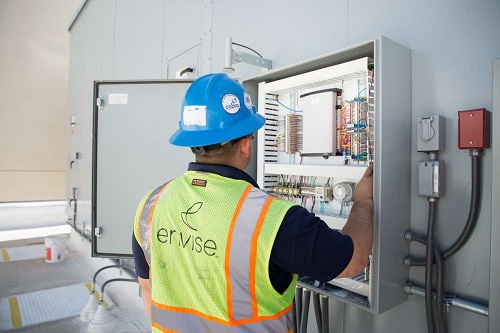 Friday, September 27, 2024
Friday, September 27, 2024  Friday, September 27, 2024
Friday, September 27, 2024 
ASHRAE describes smart building systems and technologies as those that interpret data related to the historical and ongoing building operation and autonomously draw conclusions from that information. One of the more mature aspects of these technologies is related to automated fault detection and diagnostics, which is typically a software solution that digests historical and ongoing building automation system data and automatically processes it through rules and algorithms to detect anomalies such as faulty operation and degraded performance.
Mechanical designers and heating, ventilation and air conditioning contractors don’t like to get call backs for design issues, especially if they become cost-prohibitive fixes like rightsizing undersized equipment that has already been installed. To minimize this likelihood, they often skew diversity factors during the design process as a form of risk mitigation.
There are a variety of reasons that buildings can end up with oversized systems based on the above circumstances. Oftentimes, various trades are working in parallel on the building design and some factors that can affect the required HVAC design load are not fully vetted at the various design iterations, including the building envelope insulation ratings, the number of people occupying spaces that could change significantly over time once occupied and the amount of heat-generating equipment that will ultimately end up in the space (e.g., computers, dual monitors, copiers, plug load variations).
The designer must often make educated guesses at these variables and often this preliminary design is what ends up in the final building due to coordination issues or the fast-track nature of many projects. When a building does have more capacity than required, that additional capacity can potentially mask issues that would otherwise become apparent, such as energy drift due to dirty coils, leaking valves, leaking dampers, overridden BAS or equipment parameters.
The next publication deadline is Friday at noon